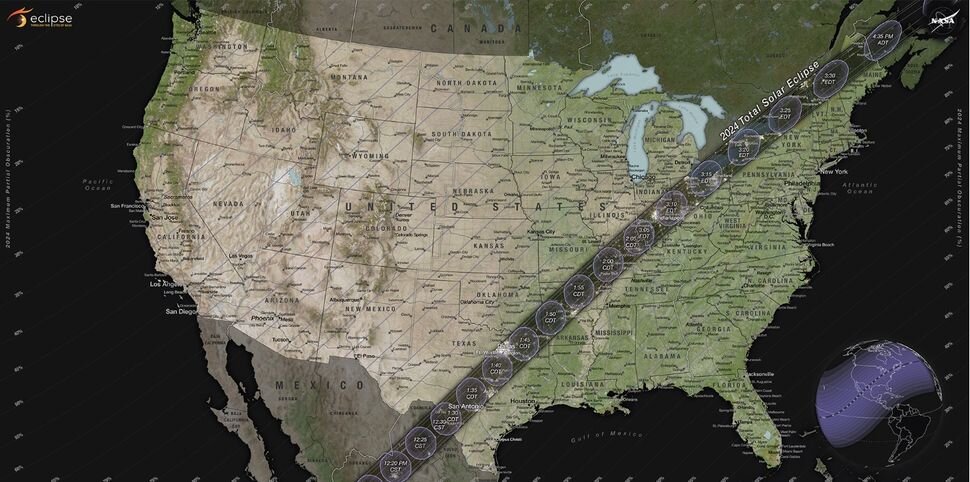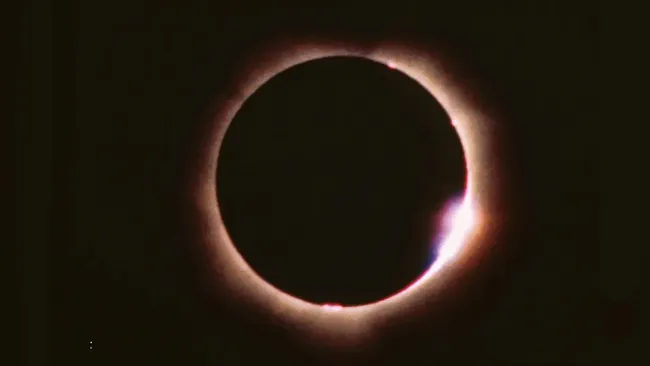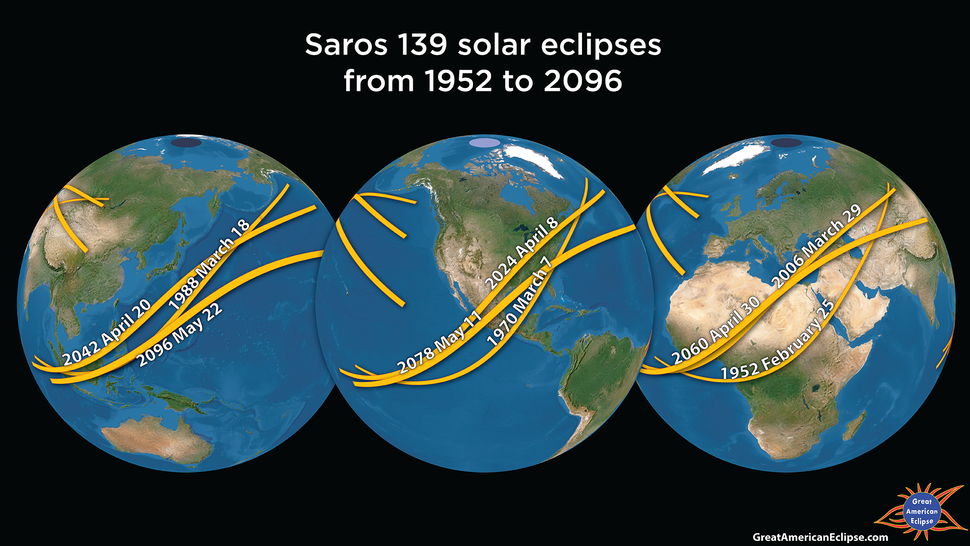-
Posts
2784 -
Joined
-
Last visited
-
Days Won
4
LazyHippo last won the day on January 12
LazyHippo had the most liked content!
Contact Methods
-
Discord
=F|A=LazyHippo#8362
Profile Information
-
Alias
LazyHippo
-
Admin
18
-
Server
Silent #1
-
Gender
Male
-
TB
4729870
-
Location
Mexico
Notes
-
T-M
28-16
Recent Profile Visitors
LazyHippo's Achievements
-
LazyHippo started following April 8 total solar eclipse: Why this eclipse repeats itself every 54 years. , Welcome to our Newest Recruiter! , PROPOSAL FOR S1 SPREE RESET and 4 others
-
-
Not sure about the answer to that question @HaLLoWeeN but as I far I experienced they remain until a higher spree is reached. I know how some players take care about their stats and all, for me the game and the fun it creates is more valuable but I still promote the idea to reset the sprees and to award it to a "human killer", its a fair proposal and could be reasonable with obvious move to see the real map top killer. Maybe @D..X and certainly @daredevil could give us a good feedback about this.
-
-

Photos Eclipse Texas 2024 post your pics! + Mexico + Michigan + ??
LazyHippo replied to Magi's topic in Science & Space
-
-

Photos Eclipse Texas 2024 post your pics! + Mexico + Michigan + ??
LazyHippo replied to Magi's topic in Science & Space
Not lucky with this eclipse although it was seen in northern states before going for Texas in the US. We can keep this topic as well @Shoresy as its worthy for the section! 🏆 Will try to do an update soon when Space.com gets properly feeded by people that had the chance 😄 -
The First Omen (2024) Went to the theaters to watch this one and has a dark beginning which leads you to discover the rest of the film. The plot is not bad but I would have appreciated a little more of explanation or development of the main story, which is said but poorly documented. Is not such a crazy idea of the church bringing the antichrist to the Earth so people recover their faith in God. Having in the history all the evil things the church has accomplish in the name of God I wouldnt be surprised if this could happen. A very psychological suspense movie, that for some reason remind me to The Exorcist, if you searching for some quick scares and a current relationship with human and God this could be a good one 8/10
-
-
An illustration of WASP-76b and the rainbow like glory effect in its atmosphere (Image credit: ATG under contract for ESA) There are many words that could be used to describe WASP-76b — hellish, scorching, turbulent, chaotic, and even violent. This is a planet outside the solar system that sits so close to its star it gets hot enough to vaporize lead. So, as you can imagine, until now, "glorious" wasn't one of those words. This more positive descriptor was added to the list quite recently, as astronomers have detected hints of something called "glory" in the atmosphere of the ultra-hot Jupiter exoplanet. The glory effect, hinted at in data from the European Space Agency's exoplanet-hunting mission Characterizing Exoplanet Satellite (CHEOPS), is a rainbow-like arrangement of colorful, concentric rings of light that occur only under peculiar conditions. This effect is often seen over our own planet, as well as in the atmosphere of our violent neighbor Venus, but this is the first time scientists have seen it happening outside our cosmic neighborhood; WASP-76b is located 637 light-years away from us. If the effect is confirmed to be happening over WASP-76b, it could reveal a great deal about this strange and extreme exoplanet — a world unlike anything seen in our stellar domain. "There's a reason no glory has been seen before outside our Solar System – it requires very peculiar conditions," Olivier Demangeon, team leader and an astronomer at the Institute of Astrophysics and Space Sciences in Portugal, said in a statement. "First, you need atmospheric particles that are close-to-perfectly spherical, completely uniform and stable enough to be observed over a long time. The planet's nearby star needs to shine directly at it, with the observer — here CHEOPS — at just the right orientation." Discovered in 2013, WASP-76b is located just 30 million miles from its parent yellow star, which is around 1.5 times the mass and 1.75 times the width of the sun. This distance is just a 12th of the distance between the sun and Mercury, which is the closest planet to our star.
- 1 reply
-
- 2
-

-
Eclipse junkies will soon be bathing in the dark comfort of the moon's shadow on April 8, when the highly anticipated event event cuts a diagonal ribbon across Mexico, 15 U.S. states, and Canada. Many observatories, educational institutions, museums, theme parks and sporting venues situated along the path of totality for the April 8 solar eclipse will be staging special viewing parties and informational events to coincide with the celestial spectacle. But one of the most stunning vantage points in North America could be from the clear cockpits of a pair of NASA WB-57 jets streaking across the path of totality and thereby greatly extending the amount of time they spend in the moon's moving shadow. A NASA eclipse-chasing WB-57 jet. (Image credit: NASA Goddard) According to a NASA press release, a trio of NASA-funded teams have equipped these special airplanes with scientific instruments able to take more precise measurements of the eclipse. A pair of research teams will image the sun's shimmering outer atmosphere, known as the corona, and a third test will record measurements of the ionosphere, the upper, electrically charged portion of Earth’s atmosphere. This new info will improve scientists' knowledge of the structure and temperature of the corona, the impact of the sun on Earth's atmosphere, and potentially help locate stray asteroids circling near our star, NASA officials said. One of the benefits of using high-altitude WB-57s soaring at 50,000 feet (15,000 meters) is that they can climb above any cloud cover that would obscure the dramatic effects of the total eclipse. This lofty altitude also has the advantage of being above the main portion of Earth’s atmosphere, where cameras can take sharper images and capture wavelengths like infrared light. And, by zooming above Earth at roughly 460 mph (740 kph), the jets can stretch out their totality time by approximately 25%, which works out to be around 6 minutes and 22 seconds. "By extending the duration of totality, we're increasing the duration of how much data we can acquire," said Shadia Habbal, a University of Hawaii researcher in charge of one of the WB-57 eclipse experiments. "This light is our best probe short of sticking a thermometer in the corona." A map of the path for the 2024 total solar eclipse. (Image credit: NASA/Scientific Visualization Studio/Michala Garrison; Eclipse Calculations By Ernie Wright, NASA Goddard Space Flight Center) Habbal's team will record specific wavelengths of light using sensitive tools that measure the temperature and chemical composition of the corona and coronal mass ejections, which are vast outflows of solar material. A second team headed up by Amir Caspi at the Southwest Research Institute in Boulder, Colorado, has already chased an eclipse via planes; he led a groundbreaking WB-57 experiment nearly seven years ago to investigate the sun's corona during the Great American Eclipse of 2017, marking the first time jets were employed for this purpose. Now an improved high-resolution, high-speed camera in the jet will obtain measurements in more wavelengths from infrared to visible light to reveal new data about structures in the middle and lower corona. "There isn't a lot of data of the sun at some of the wavelengths we'll be studying," Caspi said. "We don't know what we'll find, so it's extra exciting to be making these measurements."
-
Hey Munkki welcome to forums! since 2006? long time comeback 😄
-
April 8's total solar eclipse is inextricably linked to one in Mexico, the U.S. and Canada on March 7, 1970, seen here.. (Image credit: Photo by Education Images/Universal Images Group via Getty Images) When the moon's central shadow races at more than 1,500 mph (2,400 km/h) across North America in an April 8 total solar eclipse, the resulting spectacle will be both unique and part of a progressing cycle. This path of totality will be narrow, at just 115 miles (185 kilometers) wide, and it will cross parts of Mexico, the U.S. and Canada in a never-to-be-repeated route across the continent, lasting just 100 minutes. Only from within that path will viewers experience darkness during the daytime, dropping temperatures and nocturnal animal behavior — and only from within that path will it be possible to look at the totally eclipsed sun's beautiful corona with the naked eye. (DO NOT look directly at the sun at any time other than totality without wearing a pair of certified solar eclipse glasses.) For most of the 40 million people living in the path of totality, it will be a once-in-a-lifetime event, but solar eclipses are the product of a long-term pattern that repeats on far bigger timescales than human life. All solar eclipses come in families called Saros. Every 223 lunations — orbits of the moon around Earth — a near-identical moon shadow is projected onto Earth's surface to cause an eclipse. That works out to 6,585.3 days, or 18 years, 11 days, 8 hours, according to NASA. That eight hours is critical. It means that three solar eclipses following each other in the same Saros occur a third of the way around the globe. The total solar eclipse on April 8 is part of Saros 139, which was responsible for a total solar eclipse across Africa 18 years, 11 days, 8 hours earlier, on March 29, 2006. Precisely 18 years, 11 days, 8 hours after April 8, 2024 — on April 20, 2042 — the same Saros will produce a total solar eclipse in Asia. Saros 139 is a family of eclipses that currently repeats every 54 years in North America. (Image credit: Courtesy of GreatAmericanEclipse.com) Those eight hours, however, guarantee that a similar path of totality will revisit the same part of the globe every fourth repetition. This period of precisely 669 lunations — or 54 years, 33 days — is called the exeligmos. So the same celestial mechanics that will cause the total solar eclipse on April 8 produced a total solar eclipse in North America on March 7, 1970. That path of totality occurred slightly to the east, throwing Mexico, the U.S. (Florida, Georgia, South Carolina, North Carolina and Massachusetts) and Canada (Nova Scotia and Newfoundland) under the moon's shadow. After April 8, it will next visit North America again on May 11, 2078, when Mexico and the U.S. (Louisiana, Mississippi, Alabama, Florida, Georgia, South Carolina, North Carolina and Virginia) will experience totality. But Saros do not last forever; across the centuries, they rise and fall across Earth's surface, eventually skipping off into space. Saros 139 has been producing solar eclipses since 1501 and will do so until 2763, but it will peak on July 16, 2186, when it will produce a totality lasting 7 minutes, 29 seconds — the longest total eclipse in 10,000 years, and until at least the year 6000.
- 1 reply
-
- 3
-

-

-
Asking for baserace and adding a basket with a kitty, what a great idea to convice us 🤭 Dont like baserace, big ass map that most of the times when voted, half of the server population drops. Wouldnt add it even if it was Christmas 😛
-

100 new species discovered off the coast of New Zealand
LazyHippo replied to Lusciousdrunk's topic in Science & Space
Thats so mind blowing news. Thanks for sharing @Lusciousdrunk This new comma shrimp species is so similar to the "Royal Facehugger" xenomorphs in the Alien saga movies 😝- 1 reply
-
- 3
-

-

-

-

Full Worm Moon brings 1st lunar eclipse of 2024 tonight.
LazyHippo replied to LazyHippo's topic in Science & Space
Mine was too late, or too early, 2am 😴 One coworker that went to 'Ana Gabriel' outdoor concert that the moon had its south part a little foggy but not nothing else. Im starting to think penumbral eclipses are not too easy to watch and they make you get excited for nothing 😄
About Us
We are glad you decided to stop by our website and servers. At Fearless Assassins Gaming Community (=F|A=) we strive to bring you the best gaming experience possible. With helpful admins, custom maps and good server regulars your gaming experience should be grand! We love to have fun by playing online games especially W:ET, Call of Duty Series, Counter Strike: Series, Minecraft, Insurgency, DOI, Sandstorm, RUST, Team Fortress Series & Battlefield Series and if you like to do same then join us! Here, you can make worldwide friends while enjoying the game. Anyone from any race and country speaking any language can join our Discord and gaming servers. We have clan members from US, Canada, Europe, Sri Lanka, India, Japan, Australia, Brazil, UK, Austria, Poland, Finland, Turkey, Russia, Germany and many other countries. It doesn't matter how much good you are in the game or how much good English you speak. We believe in making new friends from all over the world. If you want to have fun and want to make new friends join up our gaming servers and our VoIP servers any day and at any time. At =F|A= we are all players first and then admins when someone needs our help or support on server.






.thumb.webp.08093ef19fc77d14f230d9d745ca2a3e.webp)







.gif.545c90a747bf5d916db1b57a7c6d5e18.thumb.gif.95784959e24cbc712ea87a285e747239.gif)




















